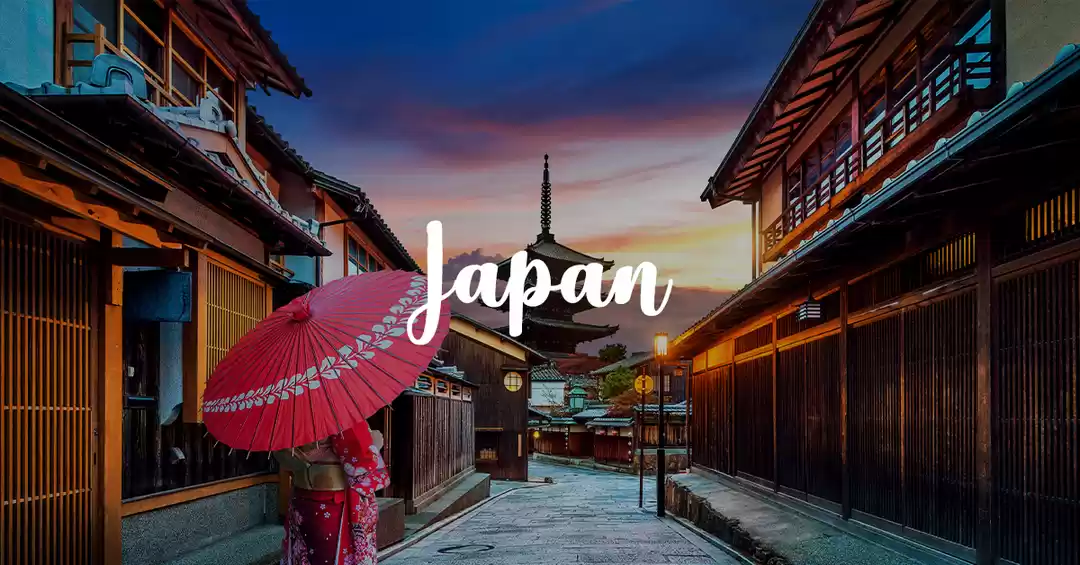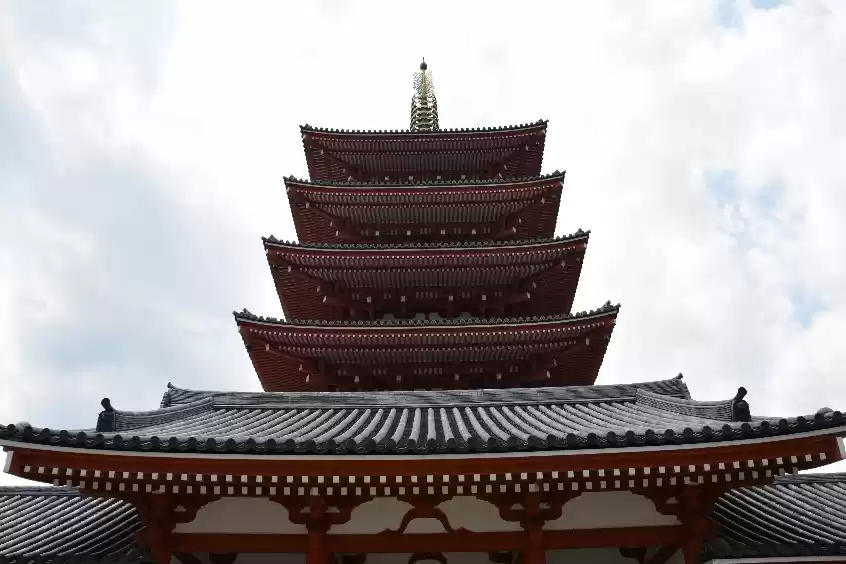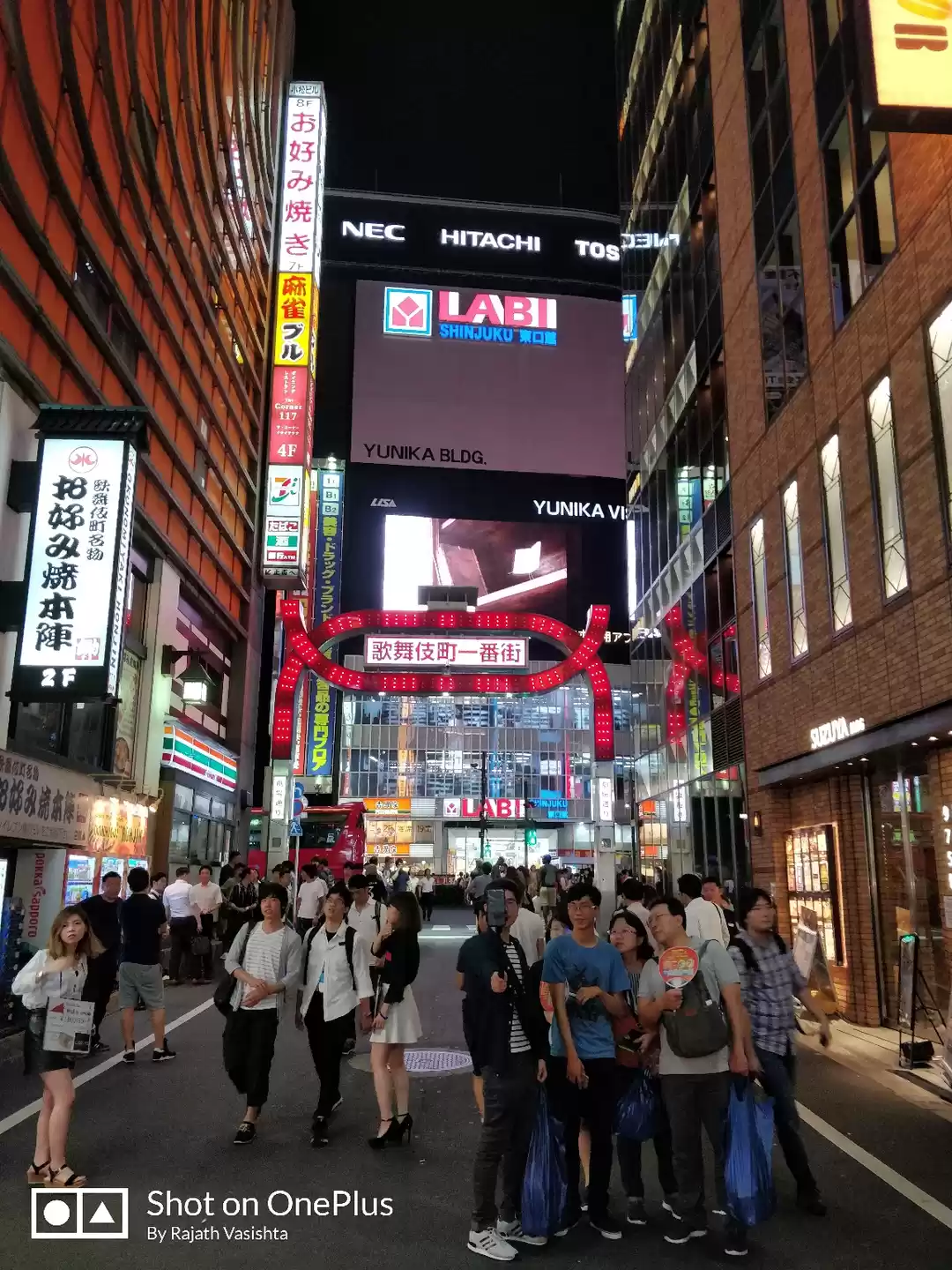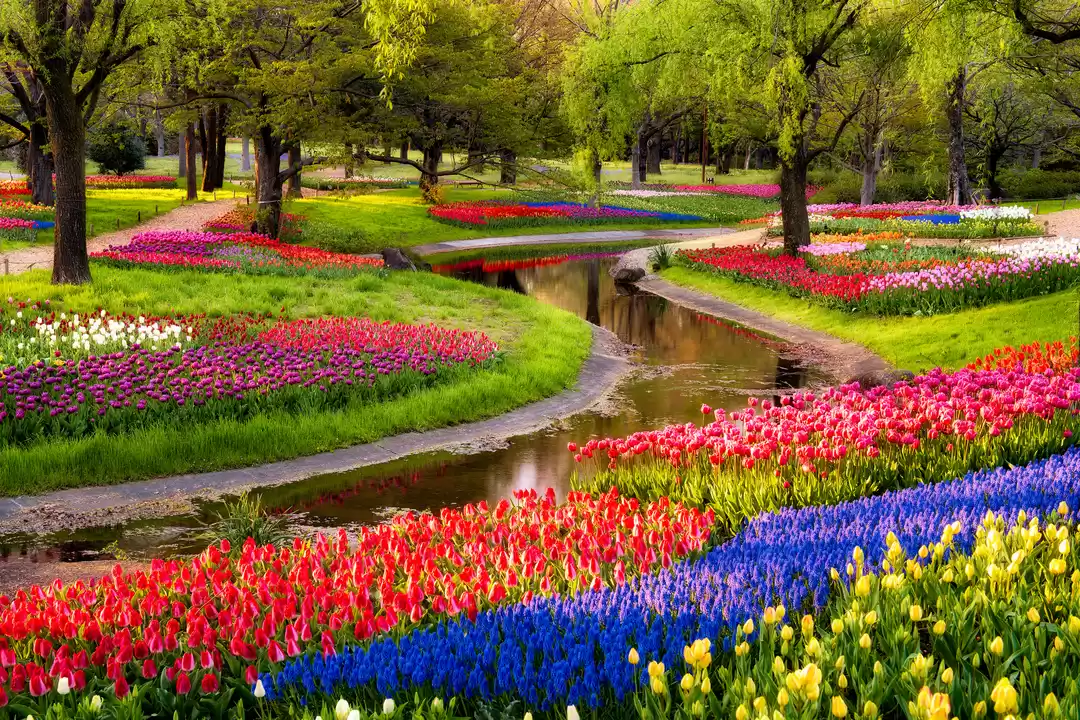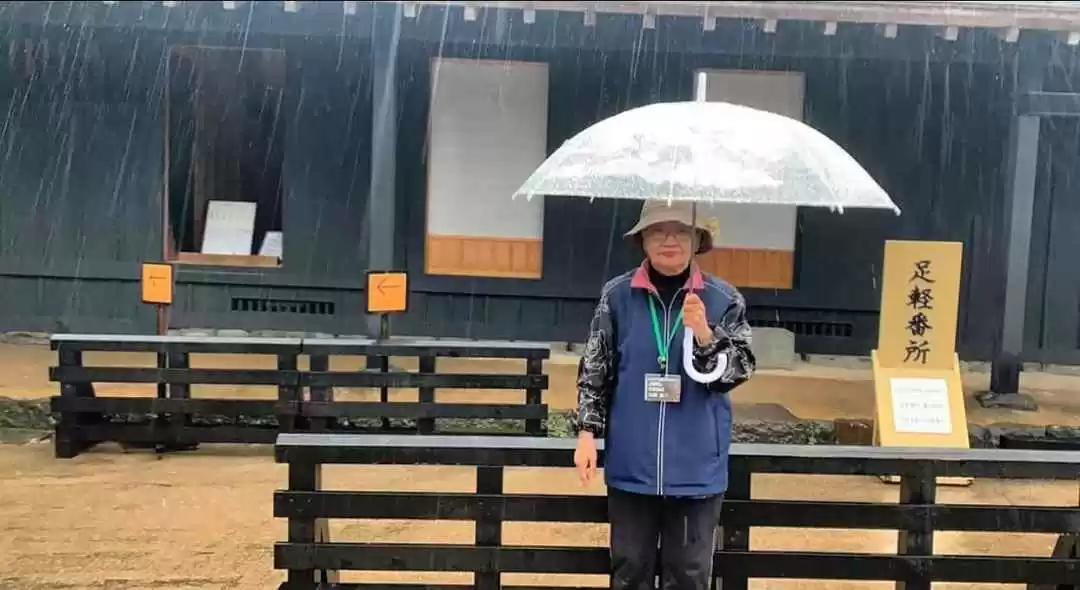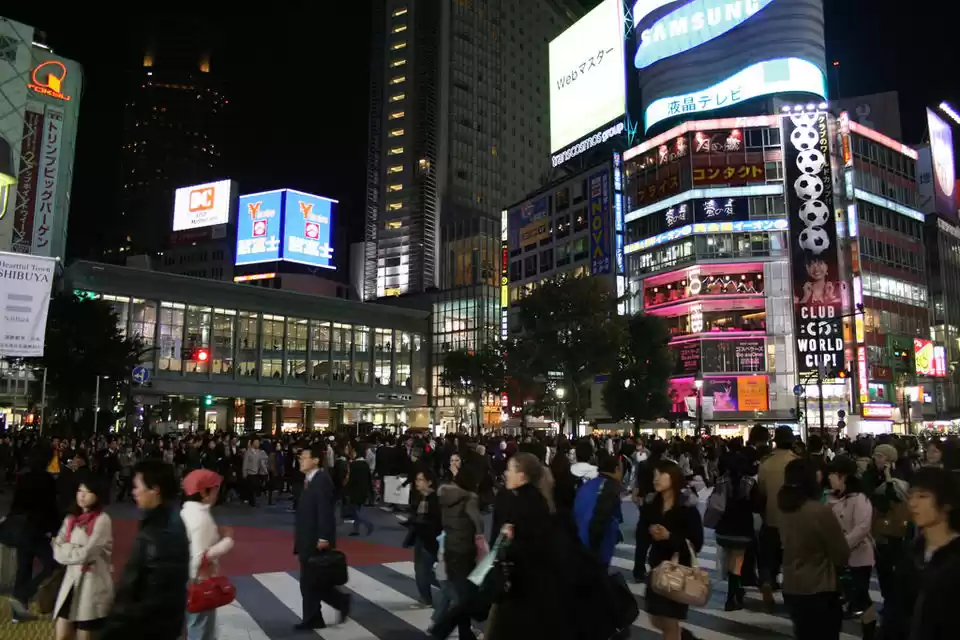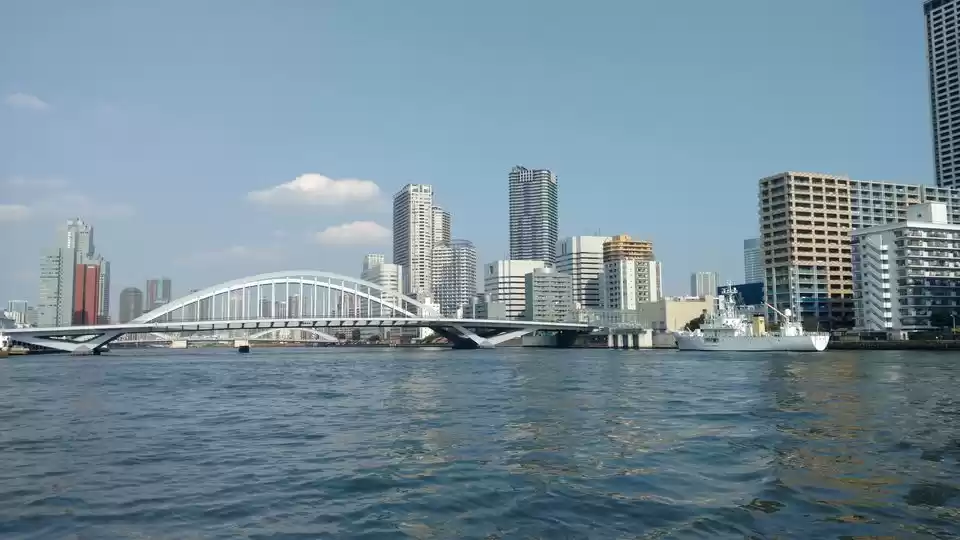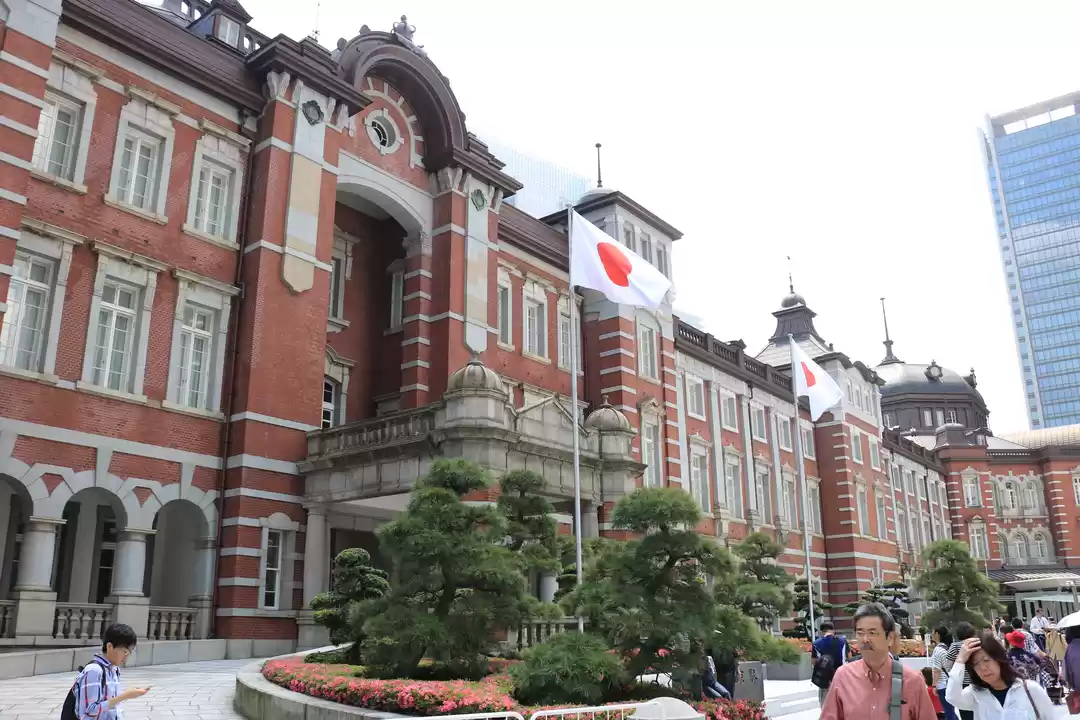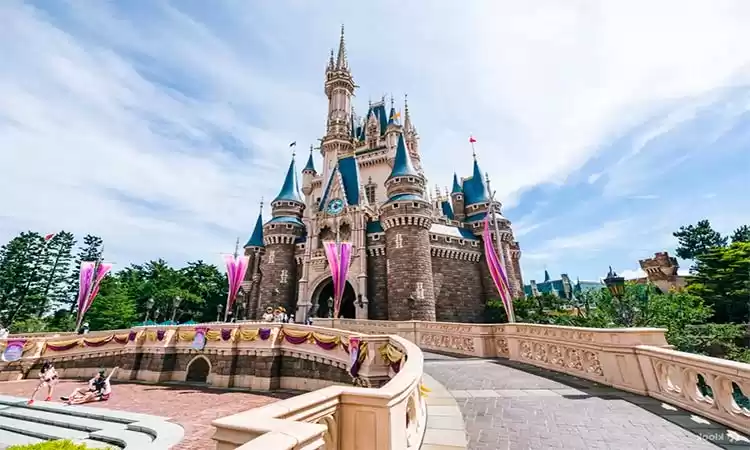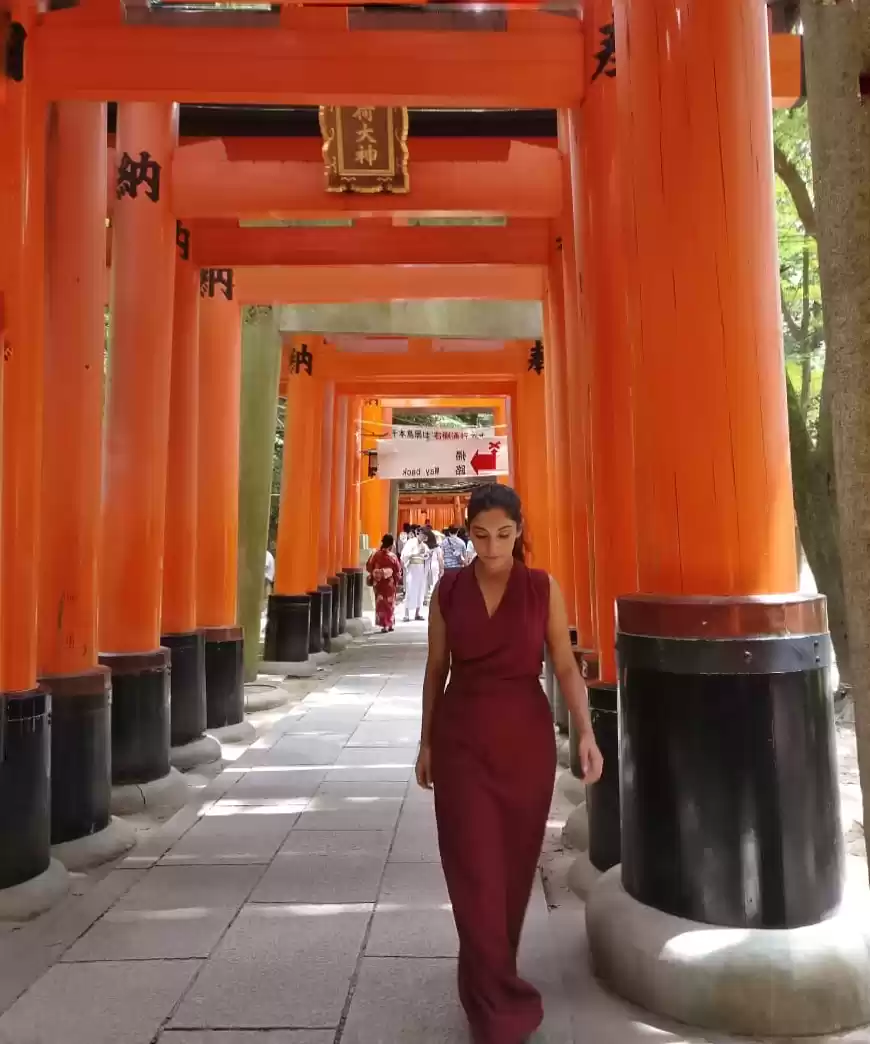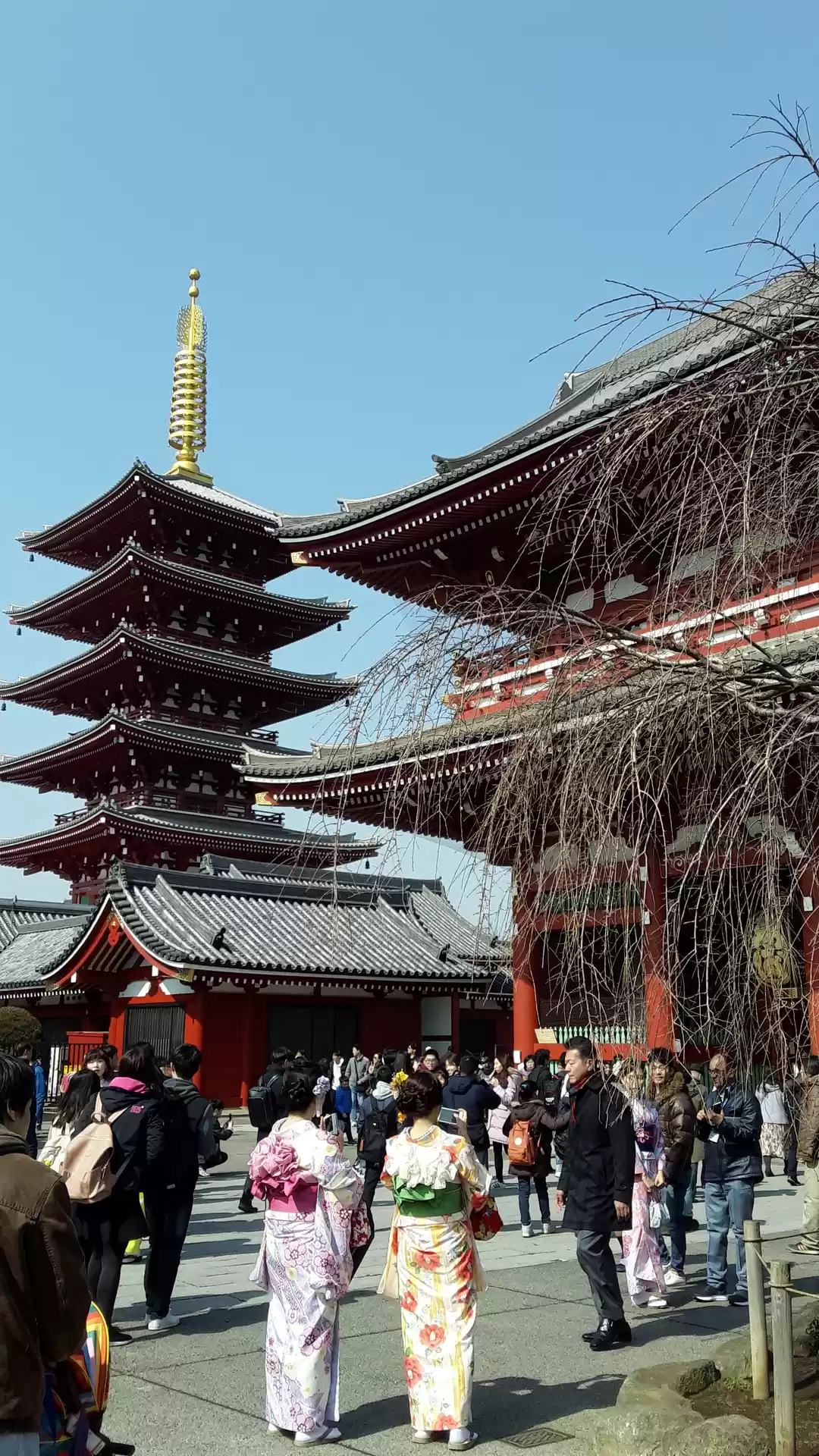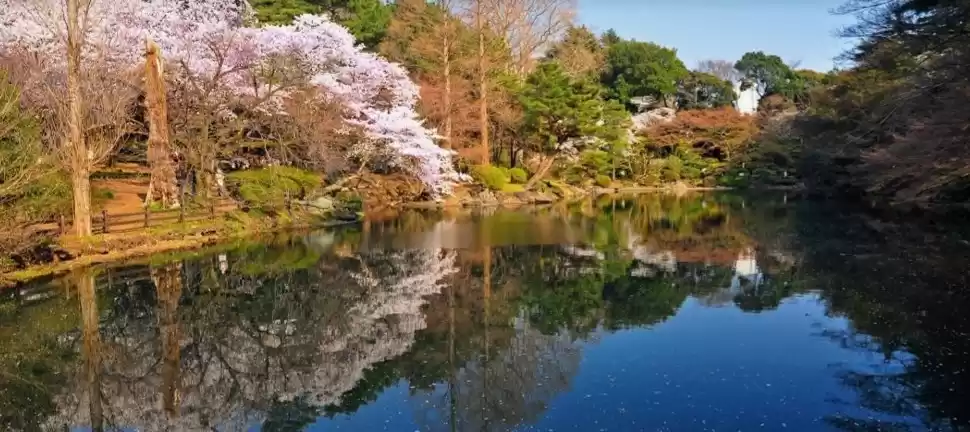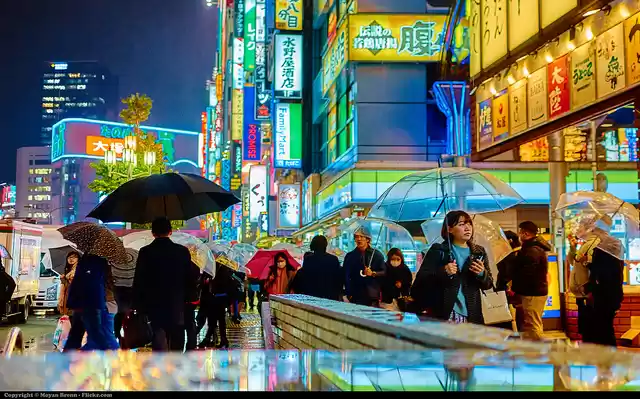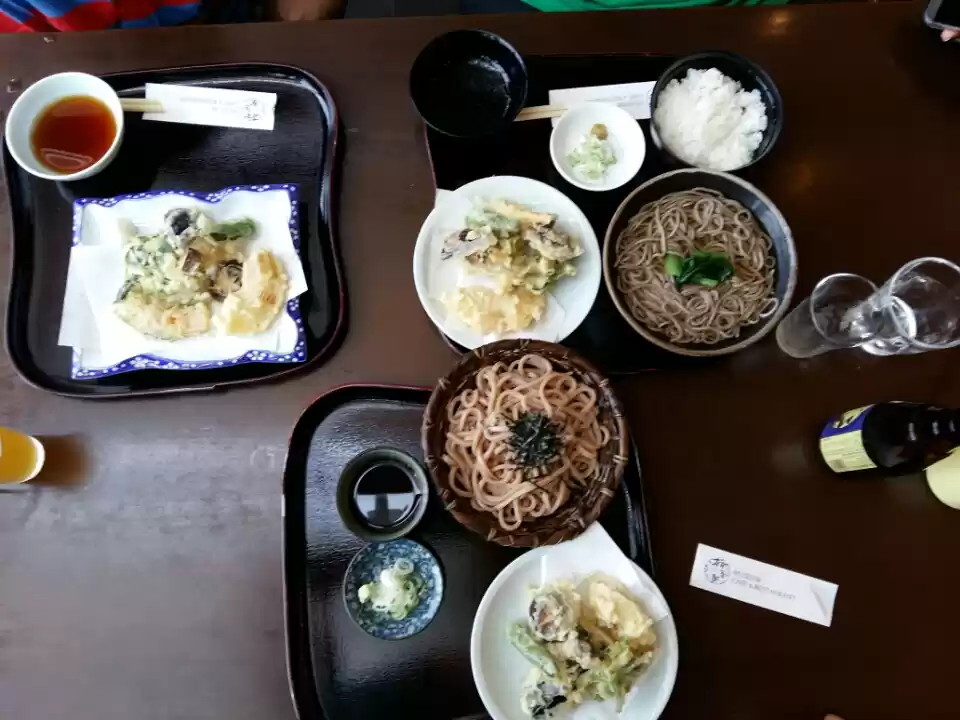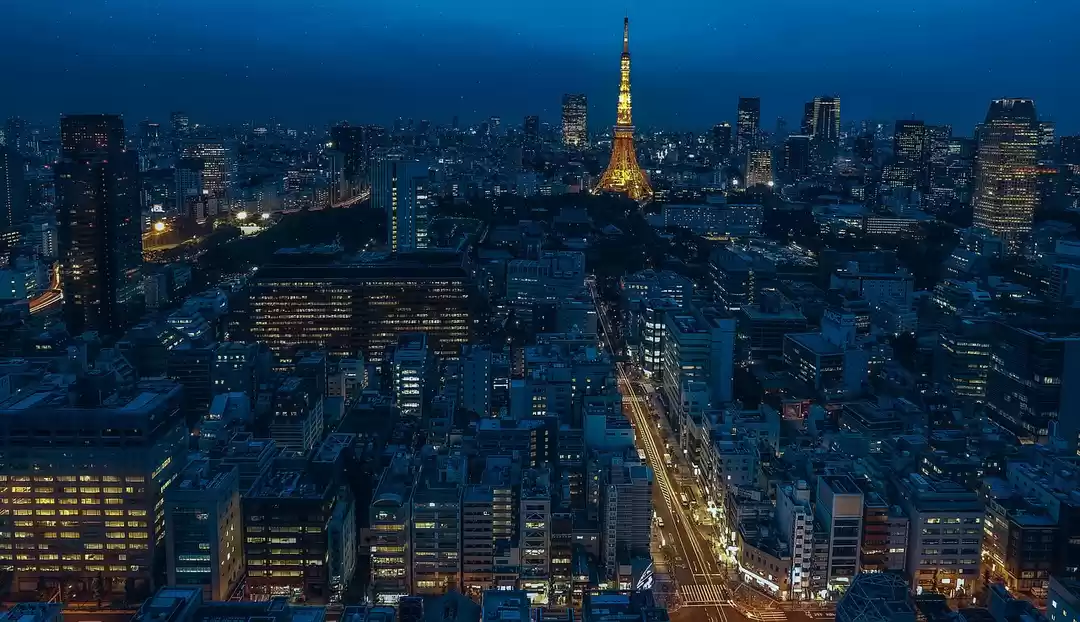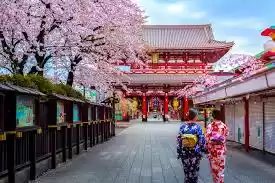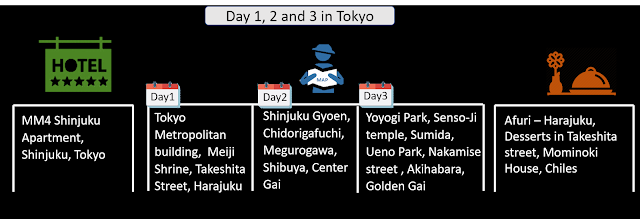Tokyo's history goes back some 2000 years. It was initially named Edo when it became the seat of power for Tokugawa Ieyasu during Japan's feudal era. Today, Tokyo is a city of contrasts, with skyscrapers and temples, neon lights, and traditional lanterns. It is the most populated metropolitan area globally, with over 13 million people living in the greater Tokyo area. The city spills out into neighboring prefectures so that you can find forests and mountains close to bustling business districts. If you want to learn more about unique places in Tokyo, make sure to check out guides for Japan by Japanko Official.

1. Senso-ji Temple
Tokyo is a massive city with many attractions to offer. One of the most popular attractions in Tokyo is the Sensoji temple. Tokyo has a lot of temples and shrines that are worth visiting, but the Sensoji temple is one of the most famous temples in Tokyo. It's located near Asakusa station, and it offers visitors an insight into Japanese Buddhist culture. The Sensoji temple was built in 645 AD, and it's one of the oldest temples in Tokyo. This temple is also known as Asakusa Kannon Temple, which means that it's dedicated to Kannon, the Buddhist goddess of mercy. The Sensoji temple is one of three buildings: a pagoda, the main hall, and a belfry. Whether you visit it during the day or night, you will surely enjoy the view!

2. Tokyo Skytree
The Tokyo Skytree is a broadcasting, restaurant, and observation tower in Sumida, Tokyo. It became the tallest structure in Japan on 31 March 2011 and reached its full height of 634 meters (2,080 ft) on 2 April 2011. The tower has two observatories at 350 m (1,150 ft), and an antenna at 450 m (1,480 ft). The upper observatory features three glass-walled sections that offer Mount Fuji views to the southwest. If you are looking for mind-blowing views of the city, make sure to visit Tokyo Skytree and its observatory decks.

3. Meiji Shrine
Meiji Shrine is a Shinto shrine in the heart of Tokyo. It was built in 1920 as a memorial to Emperor Meiji and Empress Shoken, who had died earlier that year. The shrine's architecture is eclectic, combining traditional Japanese elements with Western modernism. The shrine is dedicated to the worship of Amaterasu-Omikami (the sun goddess). The inner sanctuary houses the Sacred Mirror and other sacred objects, including three ancient swords from the 10th century.



